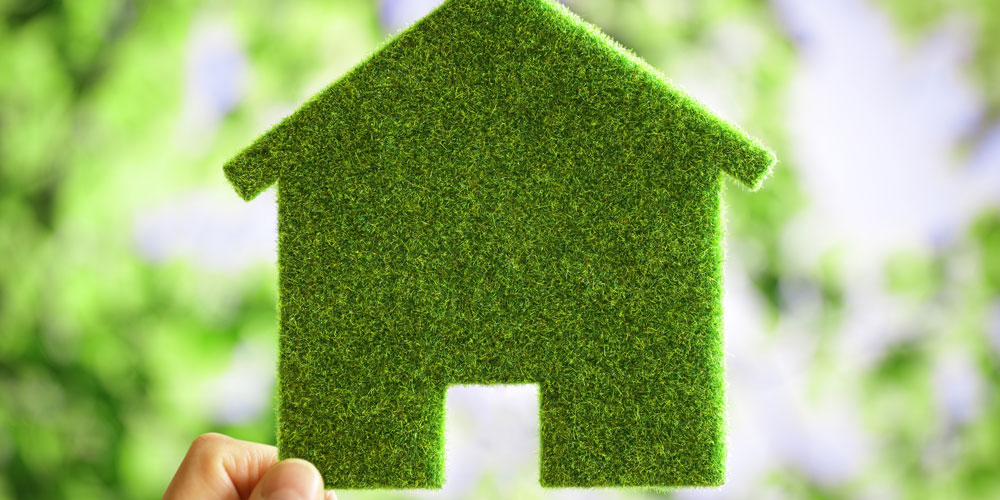A high amount of carbon emissions come from multi-unit residential buildings. As two-thirds of existing buildings are expected to still be standing three decades from now, unless steps are taken today, the negative impact of carbon emissions will be felt by future generations. The solution to reducing the harmful carbon footprint of old buildings is to retrofit them with energy-efficiency upgrades.
Green Retrofitting not only offers building owners financial benefits but also contributes toward a sustainable future. It eventually results in reduced energy consumption and long-term savings. Here are the top three low-cost green building retrofits that can significantly improve a property’s overall performance through energy efficiency, reduced maintenance costs, and overall reduced wastage.
1. Real-Time Energy Consumption Reporting and Management
Real-time energy monitoring emerges as one of the top building retrofits because live energy data can unlock huge energy savings. Building owners capturing energy usage data daily, weekly, or monthly have better insight into the actual cost per unit of energy and overall consumption. Energy managers can analyze trends, such as spikes throughout the day, to determine scheduling in order to minimize energy consumption. Metering and submetering retrofit solutions can deliver real-time visibility of the individual consumption to the unit occupant and the owner, including the overall consumption with detailed reporting on the energy usage.
2. Monitor and Optimize water consumption
MURBs (Multi-Unit Residential Buildings) are one of the largest consumers of water. Managing end-use water consumption represents one of the main components of a successful game plan in sustainable practices within facilities.
The aggregation of water leaks in buildings can add to significant amounts of water wasted. When buildings have a single meter at the entrance of the service pipe, it is almost impossible to detect water leaks and some of that consumption may go unnoticed. Water submetering also adds the possibility of bringing real-time data and visualization of that consumption. In addition to the individual meter, today's modern technology allows for the addition of wireless sensors that automate the monitoring of individual suite consumption.
Cooling towers also use significant amounts of water because they expend heat when recirculating water used to cool air conditioners and other cooling systems. That heat is then ejected into the environment through evaporation. However, evaporation is not the only way water leaves a cooling tower system. Water can also be lost through drift loss, blowdown, and basin leaks or overflows. Carefully monitoring and controlling how water leaves a cooling water system provides significant opportunities to conserve water. There are IoT retrofits that provide insight into cooling water tower operations and efficiencies.
2. Rooftop Greenery
A green roof building not only provides an urban amenity but also helps to reduce greenhouse gas emissions and improve air quality. Beyond the economic benefits, a green rooftop retrofit also helps extend the roof’s life, provides thermal insulation to the building, and improves stormwater management. The growth of plants, flowers, grass, bushes, and other vegetation is relatively low cost compared to other retrofits.
In the long run, inexpensive retrofits such as real-time energy consumption monitoring programs, cooling tower optimization, and green roofs provide building owners with a competitive advantage by improving their property portfolio performance. Not only do they provide opportunities to mitigate the impact on the environment, but are also viewed as more valuable by consumers, increasing a building’s attractiveness in the eyes of existing and potential tenants.


